Miso
Yes, You Can Make Miso Paste at Home!
Fermentation 101, "light" vs. "dark" miso, and how to cook with the funk.
Photo by James Ransom
Popular on Food52
Continue After Advertisement
25 Comments
Jisch
November 14, 2022
I forgot to ask, but Rice is listed as an ingredient, and then the directions show where it's added, BUT, it is not mentioned if one is cooking the 2Lbs of Rice first, or whether the 2 Lbs. of Rice is raw/hard/ uncooked to the measure?
Whitney
September 15, 2023
The rice carries the koji inoculant. The inoculant is the "good" bacteria that breaks down the beans and the rice. You don't cook the rice. That would kill the bacteria.
Jisch
November 14, 2022
2 Questions, please; 1). One photo shows something that looks like a ladel full of Gravy being added to the bowl, but it is unclear what that ingredient is that looks like Gravy? 2). Many recipes call for Red Miso. I'd welcome the taste, but that has too much Chili Heat for me. Id there a way to get the flavors of Red Miso without adding the Chili Componant?
nana
May 18, 2022
Hello! I made miso 2 years ago and it was (still is) delicious. I used slightly less koji rice by weight than dry soybeans. I see most recipes use at least as much koji rice (by weight) as dry soybeans. Has it been established the minimum koji rice to beans ratio? Thanks!
mouthymerc
August 19, 2021
Hello! I developed pretty intense so intolerance a few years ago and have turned to chickpea miso as a way of producing soy-free tamari. I used to purchase chickpea tamari from a company, but they no longer sell it and I'm going out on my own now. Can you offer any tips on collecting the tamari for my first chickpea miso batch?
Brandiw
April 1, 2020
Hi! Great article! I have a polish kraut croc which has an air lock lid. The lid sits in a well that you can fill with water. Do you think If I make miso in the croc I can omit the extra salt and cheesecloth?
Louise T.
January 23, 2020
Where do you find, or how do you make, the koji-kin?
Coral L.
January 24, 2020
Hi Louise! You can find it online (I got mine here: https://store.organic-cultures.com/kokinspsu.html ), or you can try cultivating your own (https://www.youtube.com/watch?v=k4EMSadi8TE).
Louise T.
January 24, 2020
Thank you, Coral. I ferment a bunch of stuff (kombucha, kefir, kimchi, other cultured veg like krauts...). Someone suggested I try to make miso :-). Your article cinched the deal ;-).
Nancy S.
December 10, 2019
Hey Coral, sorry but you need to get your facts straight! The following statement is completely incorrect:
Miso is made up of a blend of soybeans, barley, rice, and salt. “White” or “light” (shiro) miso paste is mostly rice, with a bit of soy. “Red” or “dark” (aka) miso is mostly barley, with a bit of soy.
Here is the correction:
Miso is made from steamed soybeans plus koji-inoculated barley, rice, or soybeans, and salt. White (shiro) miso has a larger percentage of rice koji than red (aka) miso and is barely fermented, whereas red (aka) miso refers to all fermented misos made from white or brown rice koji, barley koji, or soybean koji plus steamed soybeans and salt.
Miso is made up of a blend of soybeans, barley, rice, and salt. “White” or “light” (shiro) miso paste is mostly rice, with a bit of soy. “Red” or “dark” (aka) miso is mostly barley, with a bit of soy.
Here is the correction:
Miso is made from steamed soybeans plus koji-inoculated barley, rice, or soybeans, and salt. White (shiro) miso has a larger percentage of rice koji than red (aka) miso and is barely fermented, whereas red (aka) miso refers to all fermented misos made from white or brown rice koji, barley koji, or soybean koji plus steamed soybeans and salt.
Jassy
March 27, 2019
Any tips if I want to start this now in early spring? It is around 70F in my kitchen which I know isn’t ideal... but I want to get this started. Should I keep it in the fridge until it gets colder? Then is there a point to starting it now and not when it gets colder? Extra flavor maybe??
Masa
December 4, 2019
I make it every 6 months or so, but usually different kinds (the article is overly generalized (and kind of wrong), so I can't tell you if the flavor is all that different, but it's always great.
Dustin
November 1, 2018
Hello. I'm getting ready to give this a go, but I was wondering if there is a minimum temperature I shouldn't go below in the initial stages of fermentation.
paizley
July 15, 2018
I soaked my beans, tossed them with salt to start a ferment. Put them in the blender for faster cooking but reserved the liquid. Beans cooked up in no time and already "mashed." Just have to make the koji (in progress) and add.
Tristan Q.
April 23, 2017
I agree with Matilda, I think this is such a beautiful thing--how making miso must be in tune with the changing of the seasons. I'm disappointed that I'm reading this recipe in the beginning of spring as I would have loved to used this article to guide me in making chickpea miso. Oh well, hopefully this coming winter I will remember.
Nancy S.
August 14, 2015
Hi Jimmy. Yes, you can make miso with other legumes. I know that South River Miso Co. makes chickpea, azuki, and millet miso besides the traditional soybean varieties. I'm not sure I would do black bean, but if you are feeling it! My first choice for a soybean substitute would be chickpea. Would love to hear how it turns out. -Nancy
Jimmy H.
August 14, 2015
Can Miso be made with other legumes? Say, black beans or chick peas? I, sadly, have a soy allergy and am constantly looking for substitutions
Tristan Q.
April 23, 2017
I have heard of chickpea miso! Which I'm going to actually attempt with this recipe.
Jake S.
July 14, 2018
I'm a bit late here, obviously, but I've seen both chickpea and black beans be made. Apparently there's even some versions that use lentils. Any legume would work. Potentially even peanuts may be able to be used, although the high oil content may complicate matters.
Bella B.
August 11, 2015
I always wondered about this. Thanks for sharing! I love learning new things.
xoxoBella | http://xoxobella.com
xoxoBella | http://xoxobella.com
Matilda L.
August 11, 2015
I'm so intrigued by the process of making miso! I'm not sure whether I'll undertake the process myself but I love how the method is so in tune with the seasons.
Koji K.
December 26, 2016
idiots put their recipes online? The SALT is rediculious. Might as well just throw out 100 USD$$ and 4 hours of your time and eat some poison, This recipe makes completely unedible miso!!
Don't waste your time.
/
Don't waste your time.
/
Tristan Q.
April 23, 2017
Koji can you explain what exactly happened with this recipe in your experience so we can judge for ourselves if we want to risk miso-making?
Jake S.
July 14, 2018
Firstly, miso should not cost $100. Not sure where you got that idea. Additionally, this recipe calls for 400 grams of salt, of which only about 320 g are actually used in the recipe (the remainder is put on top to prevent airborne pathogens from infecting it). Given that the soybeans will likely double in weight after being cooked, 320 g of salt is right around 10% for miso weighing around 3 kg.

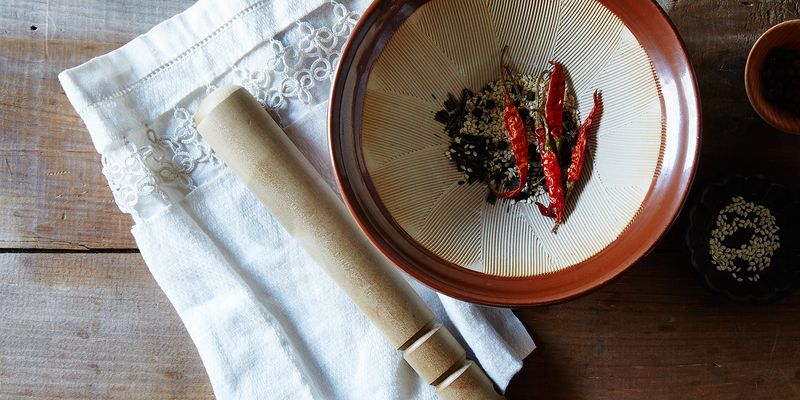
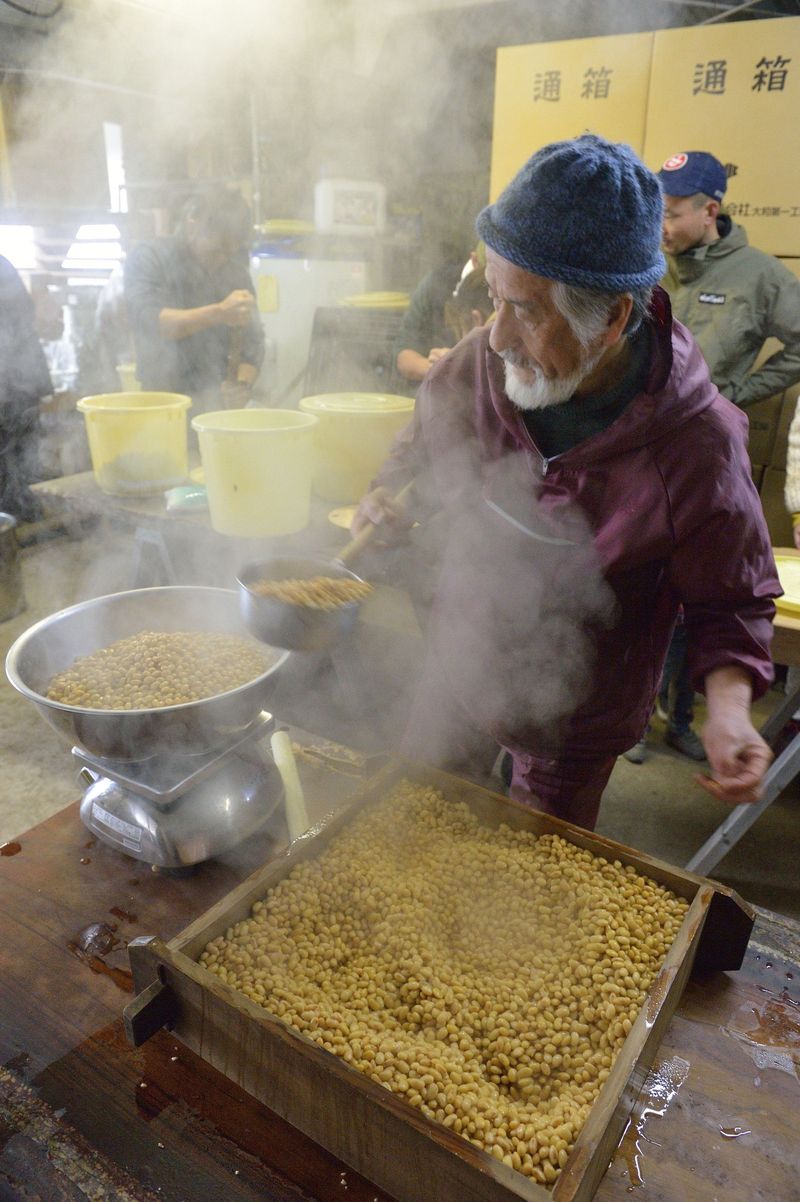
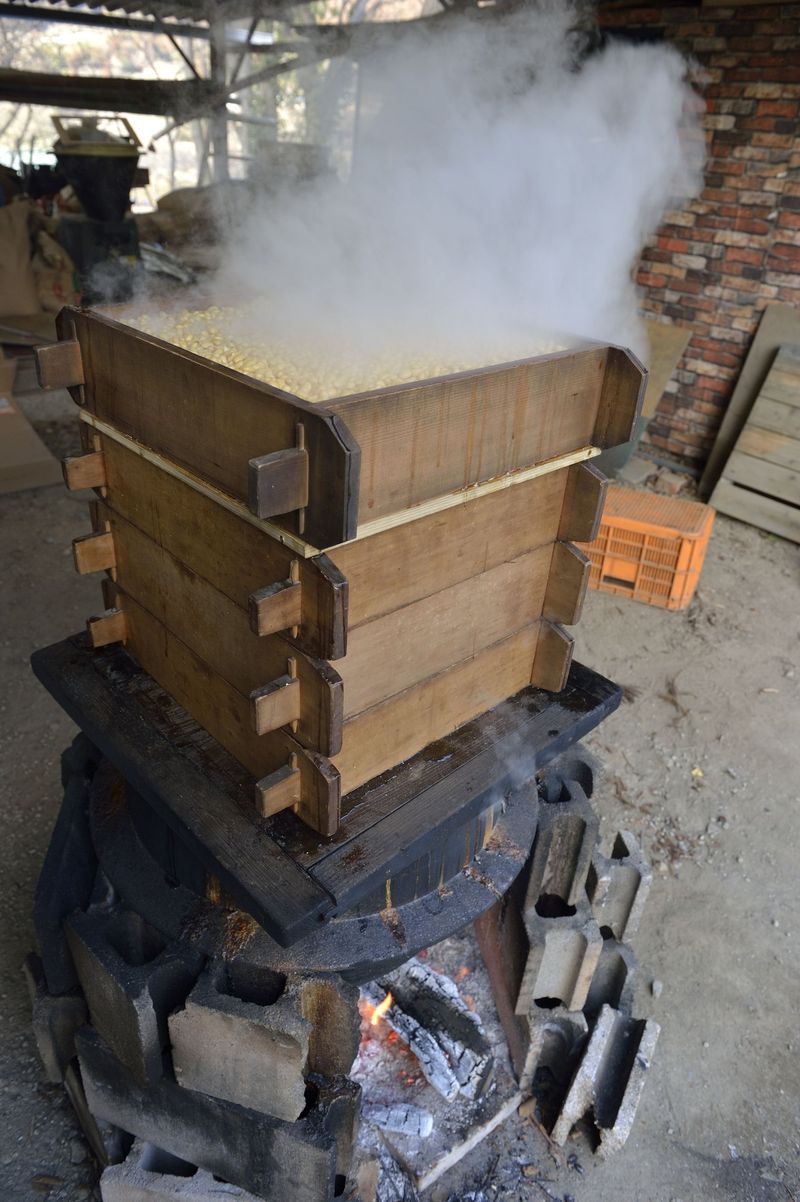
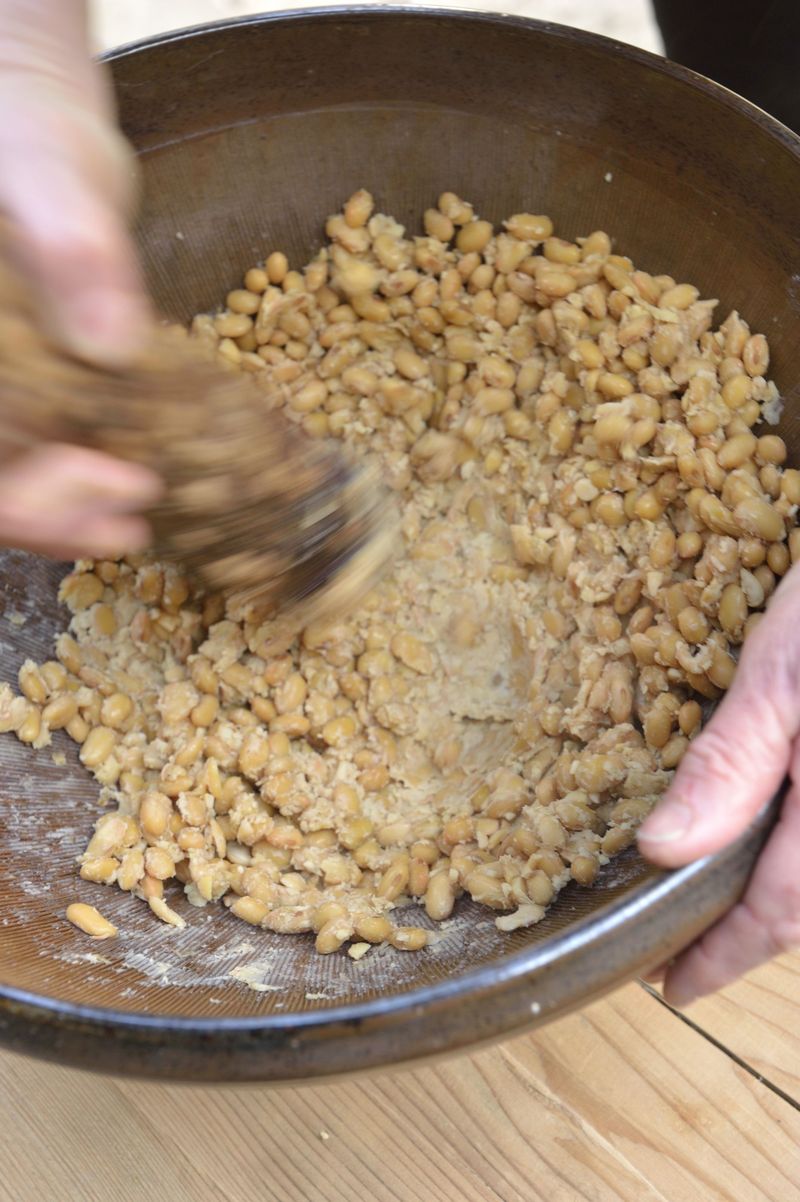
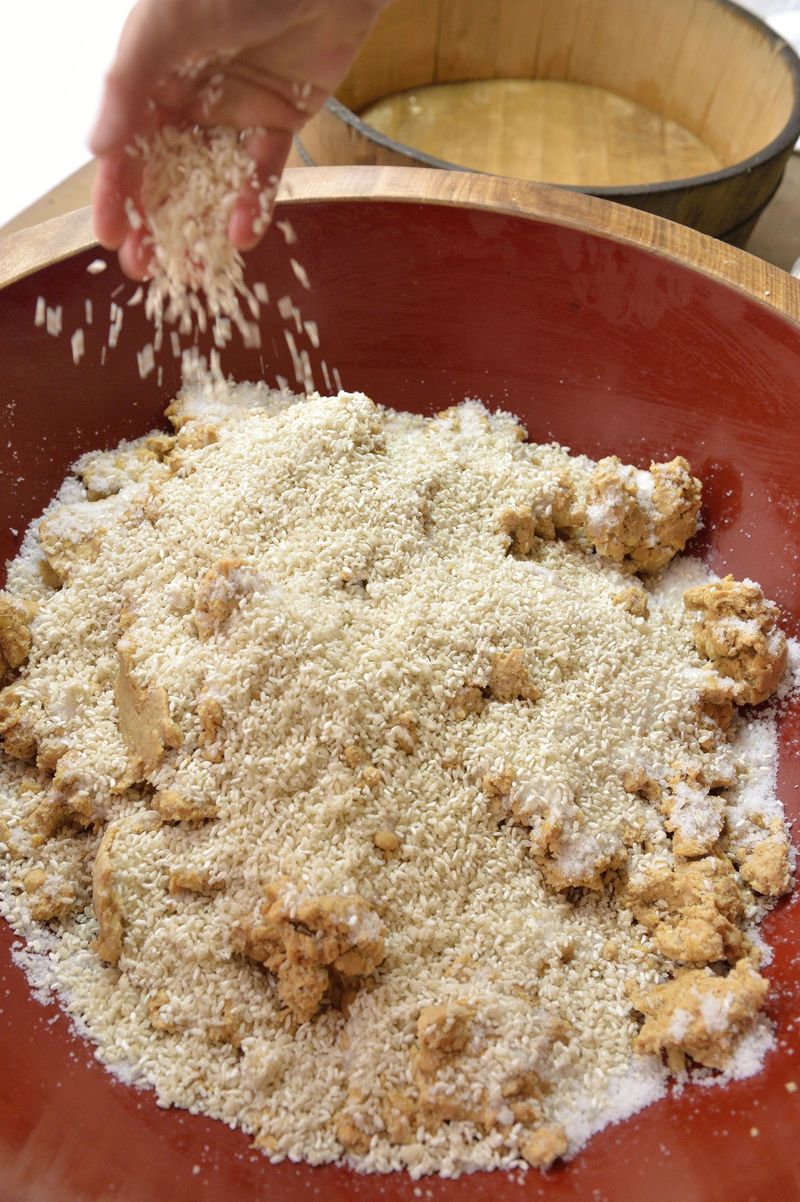
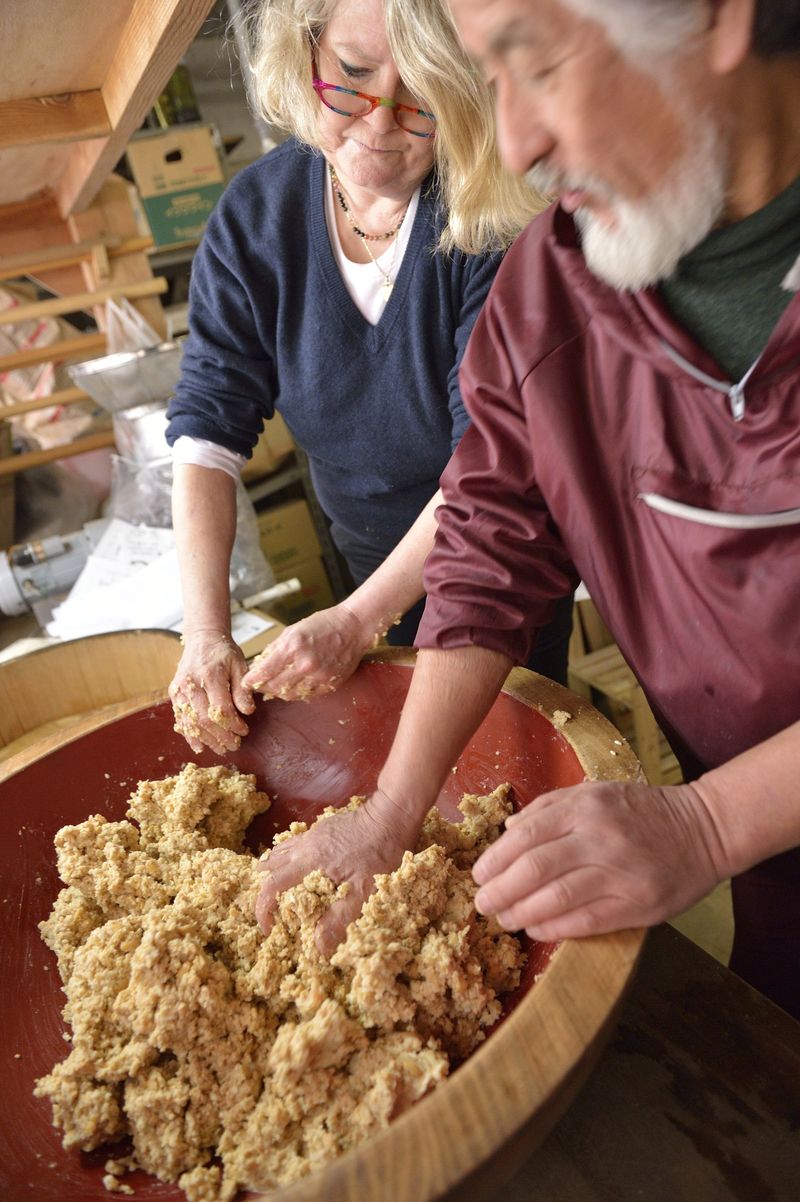
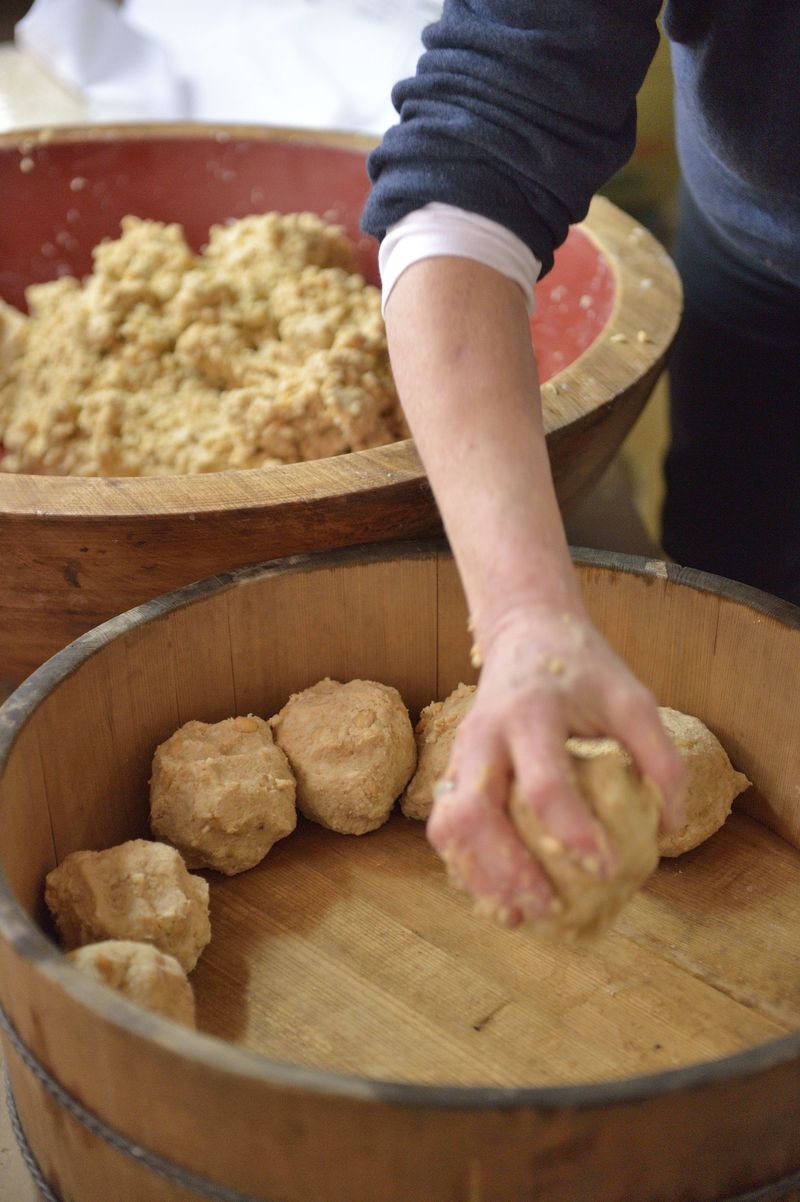
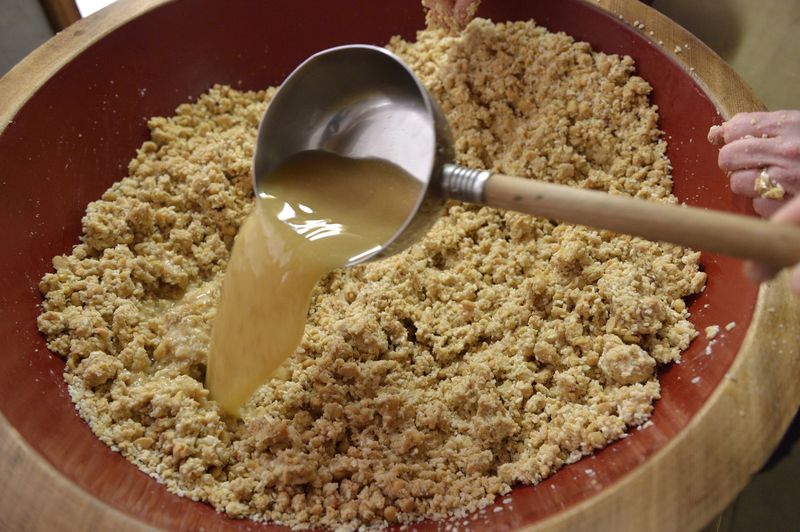
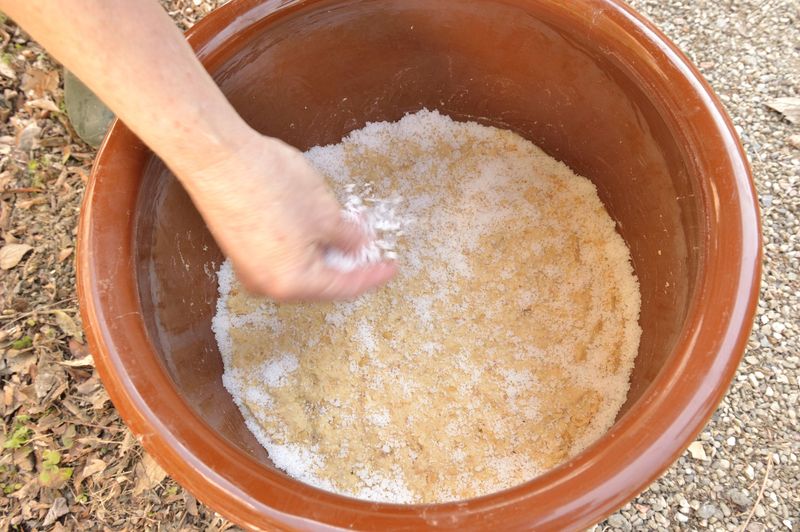

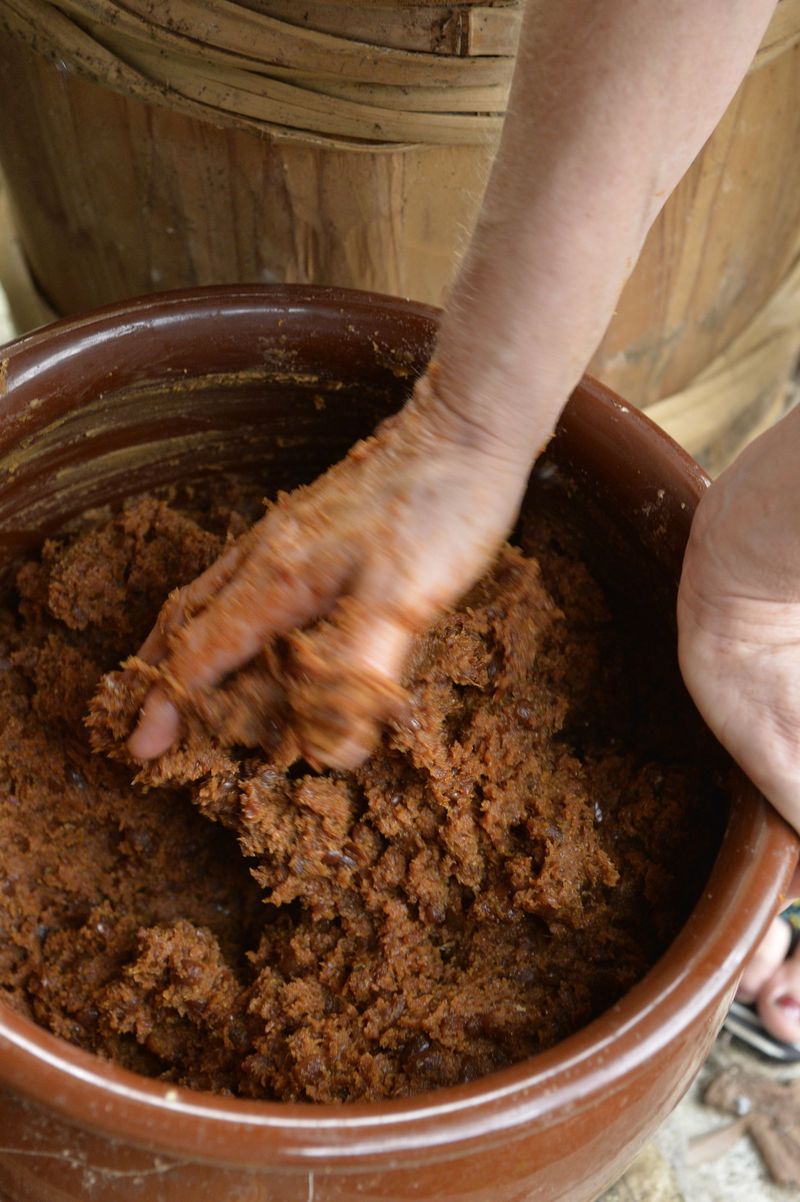
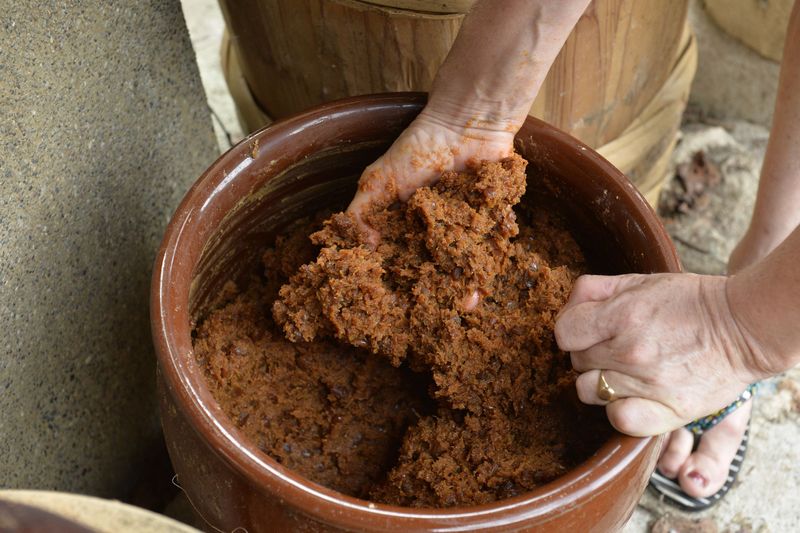

See what other Food52 readers are saying.